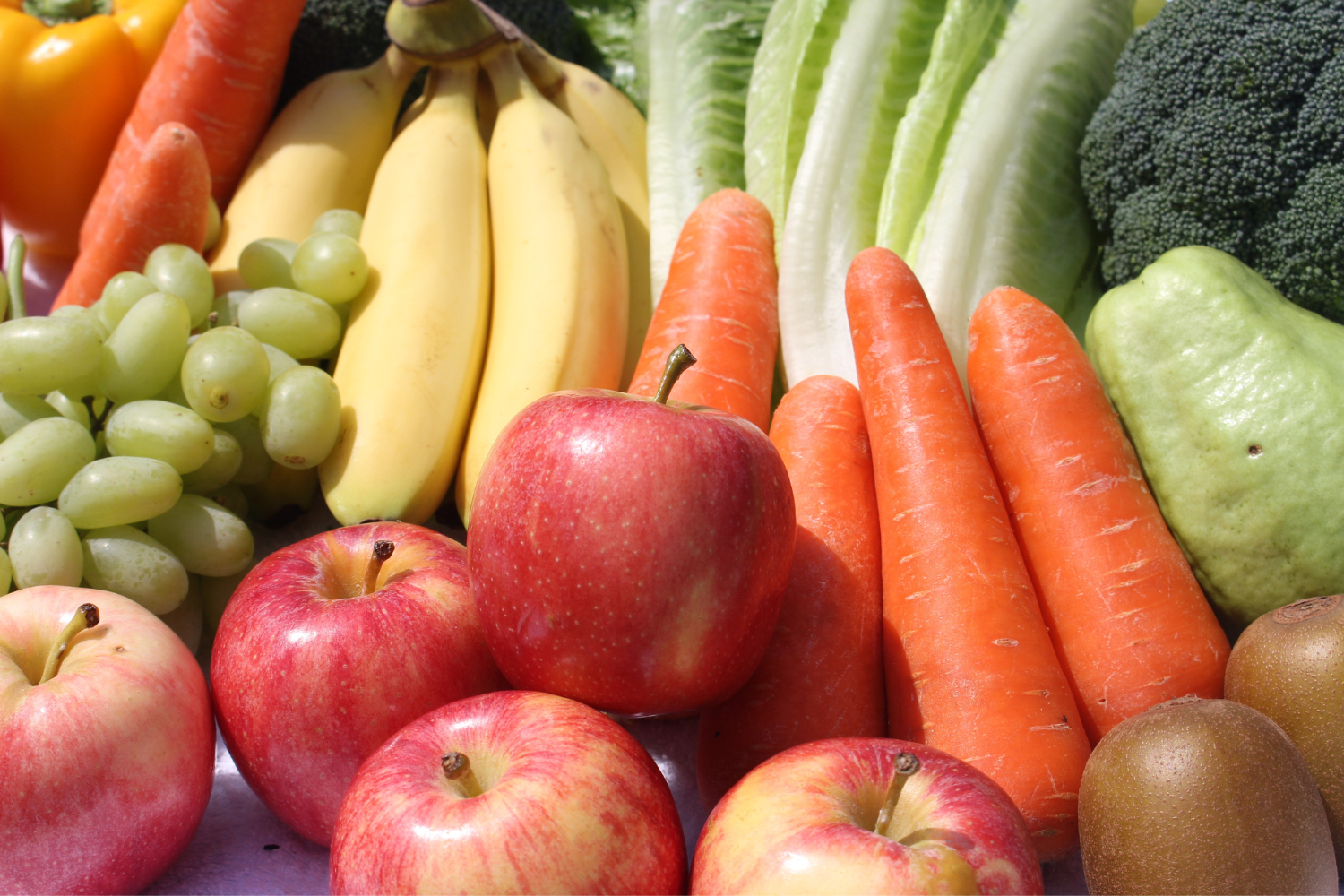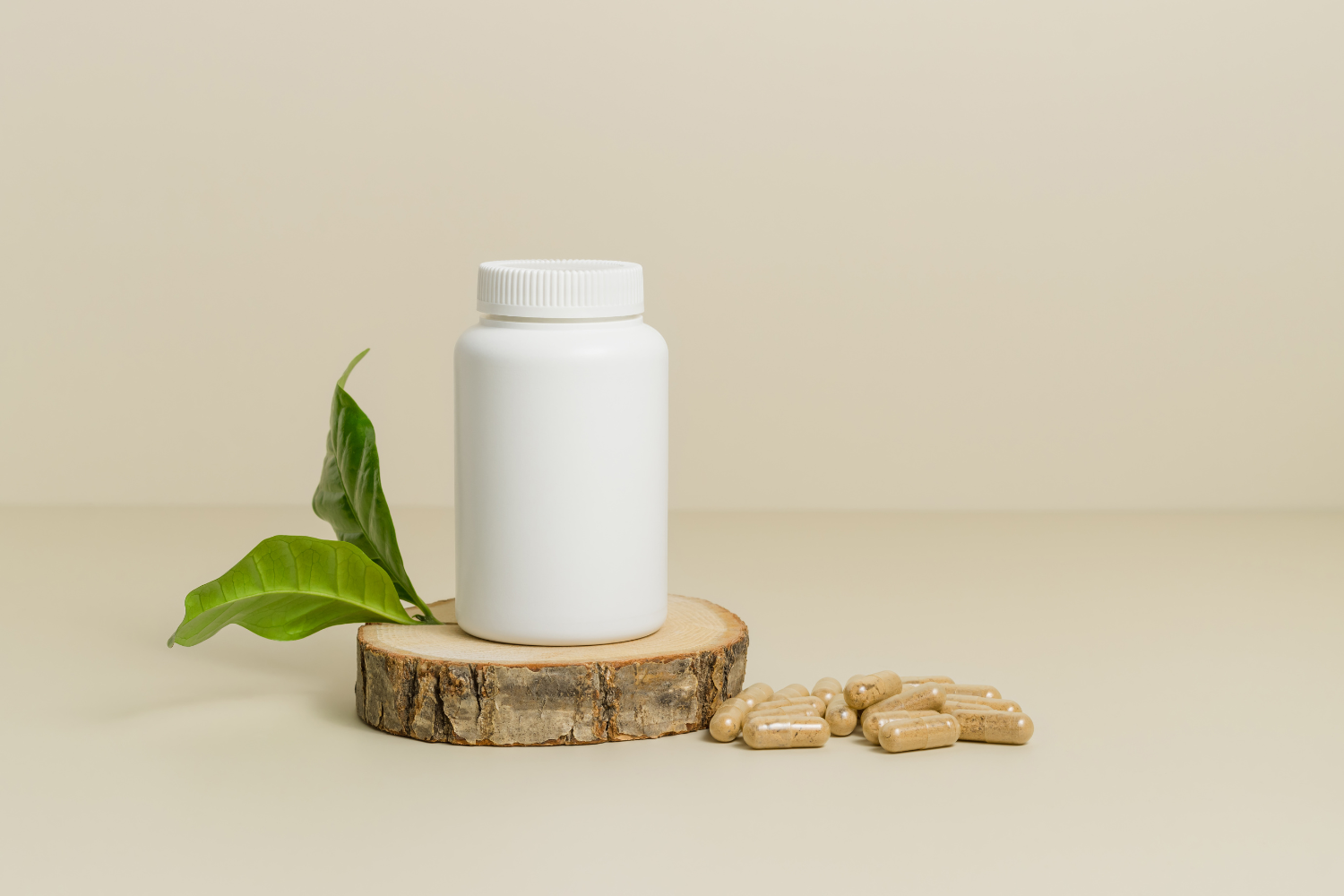Understanding the role of flavor chemicals, food labels, and FDA regulations is essential for making informed decisions in a competitive market shaped by natural ingredients and synthetic chemicals.
This guide explores the science behind absorption and bioavailability, how various factors affect bioavailability and practical strategies to increase bioavailability for better nutrient utilization.
As the demand for evidence-based efficacy in herbal medicine grows, businesses are exploring adaptogenic herbs to meet consumer needs. This guide explores how adaptogens work, their biological activities, the molecular mechanisms related to the body’s stress response, and their therapeutic potential in supplement formulations designed for modern lifestyles.
This guide explores how different hues—from calming colour palettes to vibrant hues—impact consumer psychology, brand recognition, and the visual appeal of product packaging. It also outlines how packaging design and color scheme choices can shape consumer perceptions, communicate brand values, and support cost-effective strategies for standing out in various product categories.
This guide explores how biodegradable and compostable materials differ, the benefits of flexible packaging formats like pouches and bags, and how businesses can implement custom packaging strategies using recycled and renewable resources to lower their carbon footprint and align with sustainability goals.
This guide breaks down the various types of caps, seal styles, and liner materials, highlighting key factors such as moisture control, air exposure, and compatibility with different products. Understanding these options for businesses in pharmaceuticals, food, and nutraceuticals helps create secure, high-quality packaging suited for a wide range of applications.







